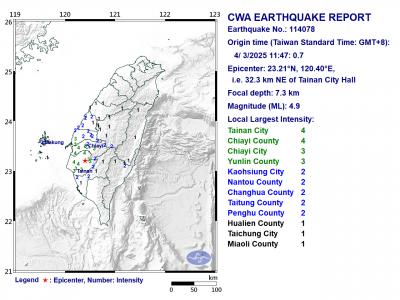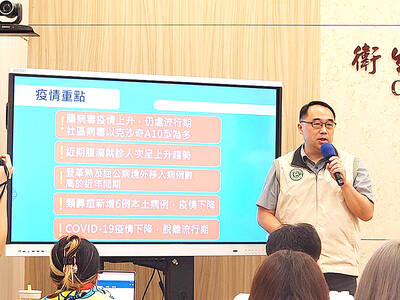The Civil Aeronautics Administration (CAA) yesterday said that Japan would lift restrictions on flights from Taiwan to Tokyo starting on Sunday, indicating that plane tickets to the Japanese capital could soon become cheaper.
The agency said that the two countries had inked an open-sky agreement in 2011 that had lifted restrictions on flights to all cities in Japan, except Tokyo.
The agreement stipulated that the limitation on Tokyo-bound flights would be eased once traffic at Narita International Airport reached more than 270,000 aircraft per year.
The agency said that the Japanese government informed it that the airport would start operating under a summer schedule on Sunday and would no longer restrict the number of flights between Taiwan and Tokyo.
However, flights between Taiwan and Tokyo that fly to a third country via the airport will still not be allowed.
Following the agency’s announcement, TransAsia Airways said that it would start offering flight services to Japan, while both China Airlines and EVA Airways have said that they have no plans yet to increase their flights to Tokyo.
Agency statistics show that there are 130 flights operated by Taiwanese, Japanese and other foreign carriers between Taiwan and Tokyo each week. Among them, 56 are between Taipei International Airport (Songshan) and Haneda Airport. The rest of the flights are from Taiwan Taoyuan International Airport and Kaohsiung International Airport.
The open-sky policy between Taiwan and Japan has drawn interest from low-cost carriers, with Malaysia-based Air Asia, as well as AirAsia Japan — Air Asia’s joint venture with All Nippon Airways — reported to have plans to launch a new flight service between Taipei and Tokyo.
Scoot Airlines, a subsidiary of Singapore Airlines, began offering one flight a day from Singapore to Tokyo via Taipei last year and could increase the frequency of this service following the easing of the restritions, media reports say.

A magnitude 4.9 earthquake struck off Tainan at 11:47am today, the Central Weather Administration (CWA) said. The hypocenter was 32.3km northeast of Tainan City Hall at a depth of 7.3km, CWA data showed. The intensity of the quake, which gauges the actual effect of a seismic event, measured 4 in Tainan and Chiayi County on Taiwan's seven-tier intensity scale, the data showed. The quake had an intensity of 3 in Chiayi City and County, and Yunlin County, while it was measured as 2 in Kaohsiung, Nantou County, Changhua County, Taitung County and offshore Penghu County, the data showed. There were no immediate reports of

Weather conditions across Taiwan are expected to remain stable today, but cloudy to rainy skies are expected from tomorrow onward due to increasing moisture in the atmosphere, according to the Central Weather Administration (CWA). Daytime highs today are expected to hit 25-27°C in western Taiwan and 22-24°C in the eastern counties of Yilan, Hualien, and Taitung, data on the CWA website indicated. After sunset, temperatures could drop to 16-17°C in most parts of Taiwan. For tomorrow, precipitation is likely in northern Taiwan as a cloud system moves in from China. Daytime temperatures are expected to hover around 25°C, the CWA said. Starting Monday, areas

Taiwan has recorded its first fatal case of Coxsackie B5 enterovirus in 10 years after a one-year-old boy from southern Taiwan died from complications early last month, the Centers for Disease Control (CDC) said yesterday. CDC spokesman Lo Yi-chun (羅一鈞) told a news conference that the child initially developed a fever and respiratory symptoms before experiencing seizures and loss of consciousness. The boy was diagnosed with acute encephalitis and admitted to intensive care, but his condition deteriorated rapidly, and he passed away on the sixth day of illness, Lo said. This also marks Taiwan’s third enterovirus-related death this year and the first severe

A Taiwanese software developer has created a generative artificial intelligence (AI) model to help people use AI without exposing sensitive data, project head Huang Chung-hsiao (黃崇校) said yesterday. Huang, a 55-year-old coder leading a US-based team, said that concerns over data privacy and security in popular generative AIs such as ChatGPT and DeepSeek motivated him to develop a personal AI assistant named “Mei.” One of the biggest security flaws with cloud-based algorithms is that users are required to hand over personal information to access the service, giving developers the opportunity to mine user data, he said. For this reason, many government agencies and